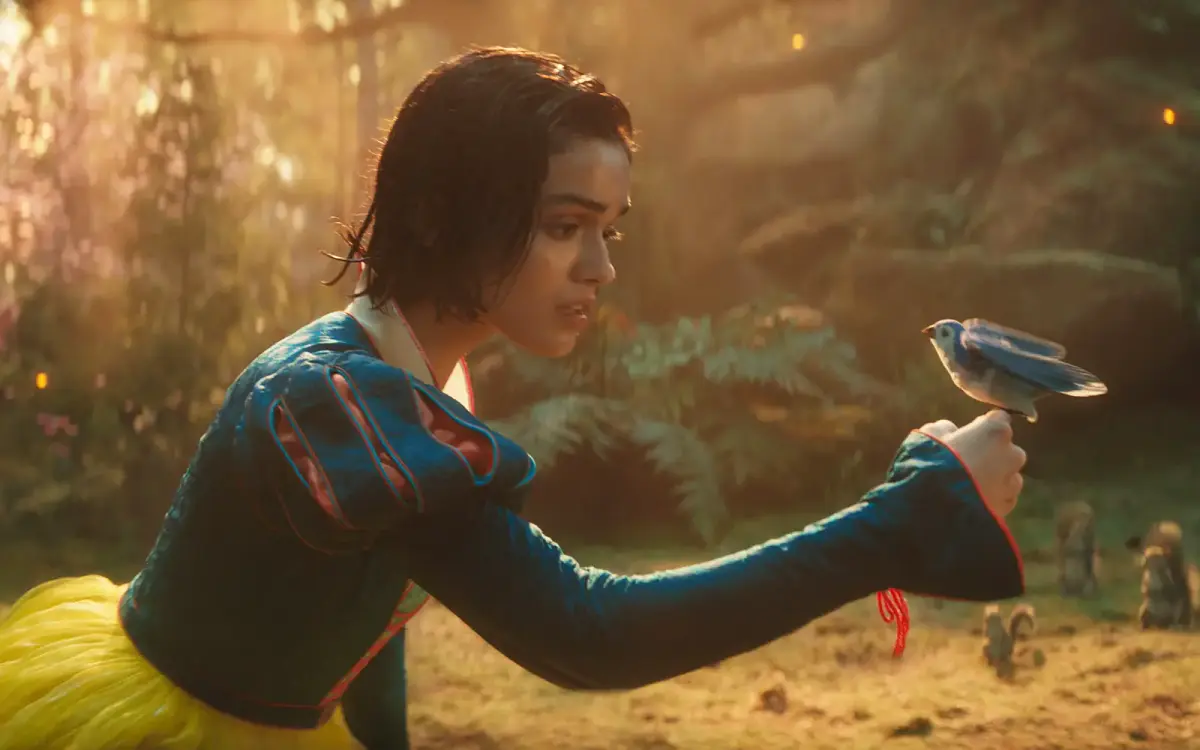Disney’s latest adaptation of “Snow White” has faced significant challenges at the box office, raising questions about the factors contributing to its underperformance. While some have pointed fingers at lead actress Rachel Zegler, industry insiders and analysts suggest a more complex web of reasons behind the film’s disappointing reception.
The film, a live-action remake of the 1937 animated classic, has not resonated with audiences as expected, despite Disney’s robust marketing efforts and the star power of its cast. This article delves into the multifaceted reasons behind the film’s struggles, beyond the simplistic scapegoating of its lead actress.
A Changing Audience and Evolving Tastes
The initial release of “Snow White” took place on 1 March 2025, with high hopes for a warm reception. However, the film’s performance has highlighted a shift in audience preferences and expectations. With evolving tastes, modern viewers demand more than just nostalgia-driven content.
Film critic Emma Johnson explains, “Audiences today are looking for fresh narratives and diverse representation. While ‘Snow White’ is a beloved classic, its story may not align with contemporary values and interests.” This sentiment is echoed by many, suggesting that the film’s traditional storyline may not resonate with today’s more socially conscious viewers.

Marketing Missteps and Audience Disconnect
Disney’s marketing strategy for “Snow White” has also come under scrutiny. Despite a significant promotional push, the campaign may have failed to connect with its intended audience. The film’s trailers and promotional materials leaned heavily on the nostalgia factor, which may not have been sufficient to entice a new generation of moviegoers.
Marketing expert David Lee notes, “The campaign seemed to rely on the assumption that nostalgia alone would drive ticket sales. However, younger audiences are seeking stories that reflect their realities and aspirations.” The lack of a compelling narrative hook in the marketing materials may have contributed to the film’s inability to draw large crowds.
The Role of Streaming and Changing Consumption Habits
The rise of streaming platforms has dramatically altered the landscape of film consumption. Many potential viewers may have opted to wait for “Snow White” to become available on Disney’s streaming service, Disney+, rather than paying for a cinema ticket. This shift in consumer behaviour has impacted box office numbers across the industry, not just for “Snow White.”
Box office analyst Mark Thompson comments, “The convenience and affordability of streaming services have changed the way people consume media. Big-budget films must now compete with a vast array of content readily available at home.” This trend underscores the need for studios to adapt their distribution strategies to remain competitive.
The Impact of Critical Reception
Critical reception can significantly influence a film’s success, and “Snow White” has received mixed reviews from critics. While some praised the film’s visuals and performances, others criticised its adherence to outdated tropes and lack of innovation.
Film historian Sarah Collins states, “The film’s mixed reviews may have discouraged potential viewers who rely on critics’ opinions to guide their choices. In today’s information-rich environment, word-of-mouth and critical consensus can make or break a film’s success.” The film’s inability to garner overwhelming praise likely contributed to its lacklustre box office performance.
Industry Competition and Release Timing
“Snow White” faced stiff competition from other high-profile releases during its launch window. With several blockbuster films debuting around the same time, audiences had numerous options to choose from, diluting potential viewership for Disney’s offering.
Entertainment analyst Julia Green explains, “Timing is crucial in the film industry. Releasing a film amidst a crowded slate can hinder its ability to stand out and capture audience attention.” The competition from other major releases may have diverted attention away from “Snow White,” contributing to its struggles.
In conclusion, the challenges faced by Disney’s “Snow White” highlight the complexities of the modern entertainment landscape. From evolving audience expectations and marketing missteps to the impact of streaming and critical reception, a confluence of factors has influenced the film’s performance. As studios navigate these changing dynamics, they must adapt their strategies to engage diverse audiences and meet their demand for fresh, relevant content.





